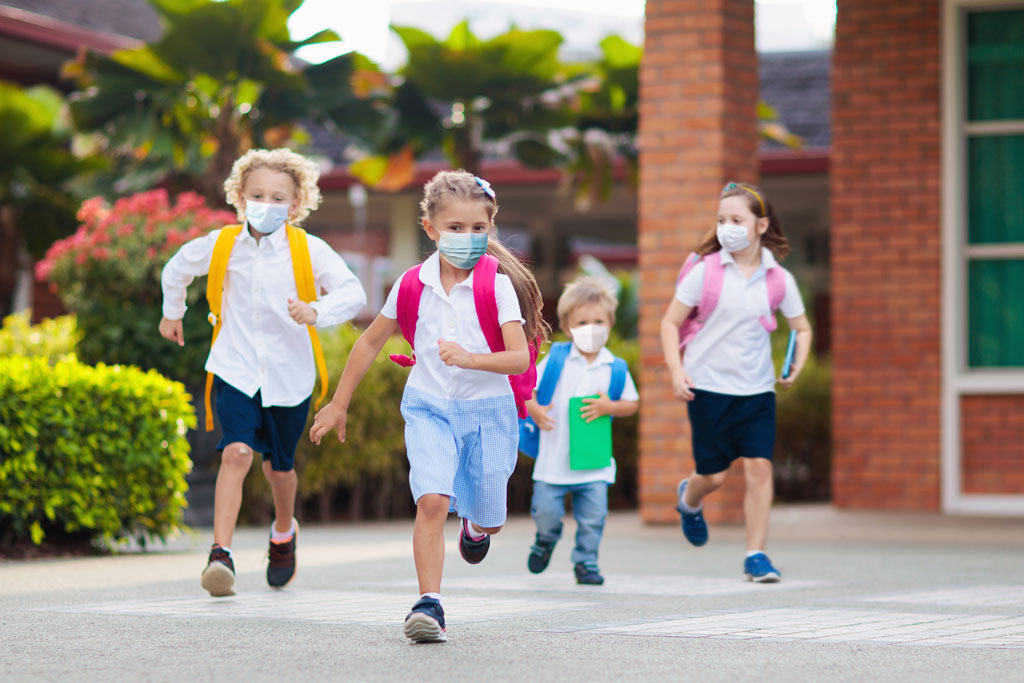As a STEM (Science, Technology, Engineering, Math) educator, I have always advocated that STEM is not just for those who aspire to be scientists or engineers but it helps us frame thoughts in practical, pragmatic ways.
Thus, as much as I am concerned about this growing scale of the novel coronavirus, here are some broad questions from STEM that I find helpful to me:
S (Science):
What is the science behind the coronavirus? What symptoms does it cause? Is everyone who is a confirmed case demonstrating serious, life threatening symptoms? What do we know of other coronavirus infections, in addition to SARS?
T (Technology):
What are the solutions currently in the market that we can use? Tech isn’t always about AI or cutting edge stuff, but about taking what we know as solutions in the lab to the market for mass adoption. So in this case, the most relevant tech for countries where there’s no known community spread, is actually, SOAP and NOT MASKS, if we are not ill or demonstrating symptoms or have a travel history that may suggest a risk of contracting the disease — It’s about washing our hands regularly to reduce the chances of catching the germ when we touch our face ever so often.
E (Engineering):
What is being done to solve this problem? Or just as relevant: what can we do about in our daily lives to help solve this problem. Engineering after all, is about solving societal problems and we all can play a part. Many of my Chinese friends outside of Hubei have avoided leaving the home to curb the spread. Whatever we do, we need to ask ourselves if doing so will help reduce the spread WHILE ensuring that human dignity remains respected. We should never judge someone just by his nationality or race.
M (Mathematics):
What does Math say? What are the statistics we have so far? How bad is the mortality rate this time around? What kind of percentages are relevant in the current analysis? How do these percentages compare against previous epidemics? And if we extrapolate that this may be under-reported, should we also extrapolate that the incidence number may also be severely under-reported too, possibly resulting in an even wider margin?
I use this framework to understand what’s going on and it has a calming effect on me – like many, I am worried, especially since we have old folks at home whom we love to bits. But I know there’s nothing to panic over. We take precautions but we should also take time to appreciate the resilience, courage, wisdom of the people dealing with this crisis, especially those in China.
This is a disease that hits anyone or everyone who comes into contact with it. In times like these, the best and the worst of humanity emerge.
Let’s hope that our best prevails.






